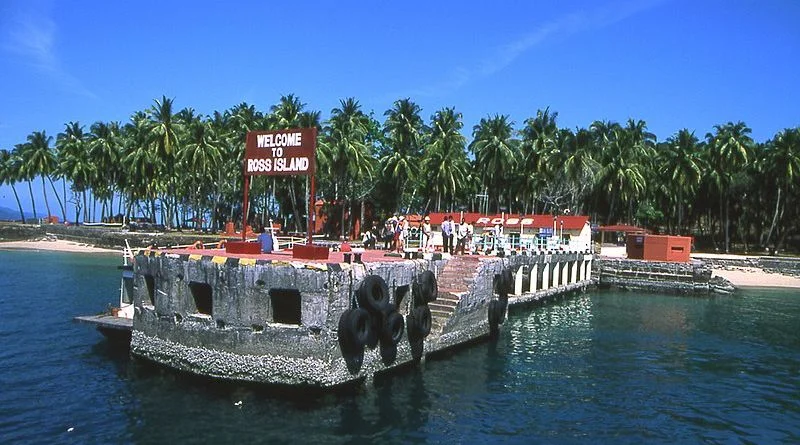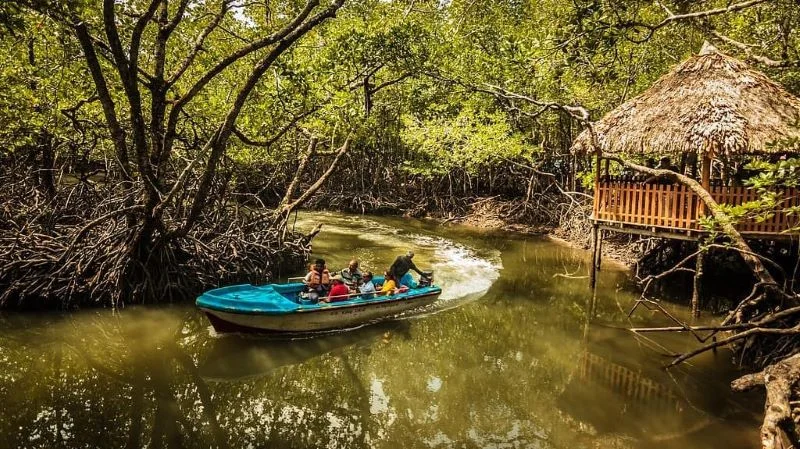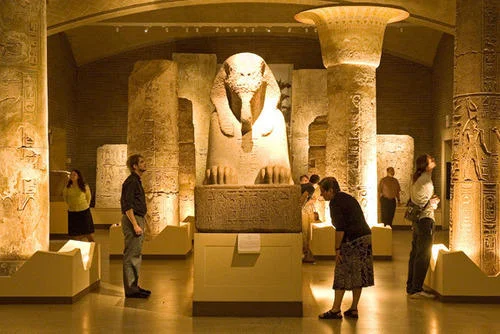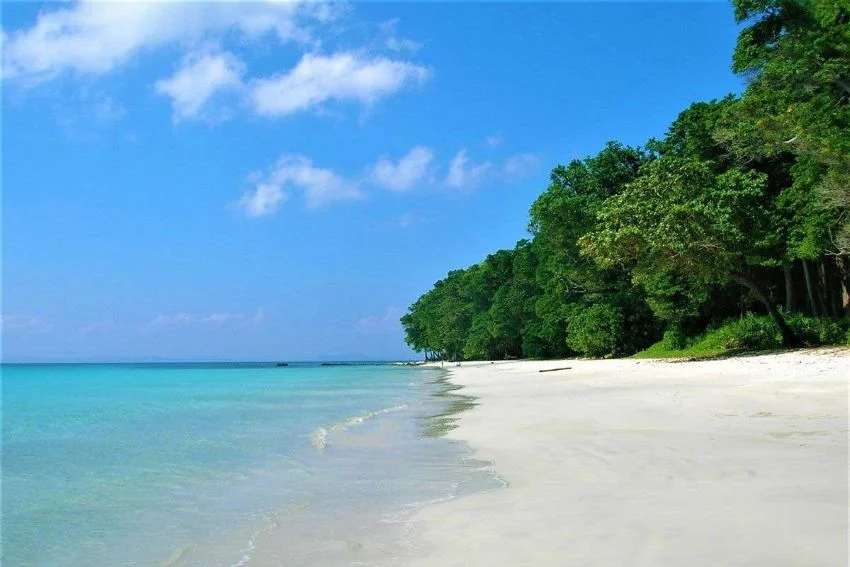Andaman And Nicobar Family Tour Packages
Andaman Water Sports Tour Package
Andaman And Nicobar Honeymoon Tour Packages
Andaman Budget Tour Package
Andaman And Nicobar Tour Packages
Andaman And Nicobar Family Tour Packages
Andaman Water Sports Tour Package
Andaman And Nicobar Honeymoon Tour Packages
Andaman Budget Tour Package
Andaman And Nicobar Tour Packages
Andaman And Nicobar Family Tour Packages
Andaman Water Sports Tour Package
Andaman And Nicobar Honeymoon Tour Packages
Andaman and Nicobar in July: The Best Beaches and Hidden Gems to Discover
The Andaman and Nicobar Islands are special to see in July, but not many people have considered going there. In the Bay of Bengal, there’s a beautiful group of islands with clear waters, green trees, and colorful sea creatures. It’s a great place for people who love adventure and those who just want to relax. Going to Andaman and Nicobar in July can be a special chance to enjoy the beautiful nature and fun celebrations there without many other visitors around. But it’s important to know what to expect during this time so you can have a great adventure. You’ll need to pick the right activities and understand the weather. Here’s what you should know to have a wonderful time on these amazing islands during the rainy season!
Book here Andaman and Nicobar tour packages.
Pros and Cons of Visiting Andaman and Nicobar in July
1. Pros:
1. Fewer Crowds: July is off-season for tourism in the Andamans, meaning fewer crowds, a more peaceful experience, and better opportunities to explore popular attractions at a relaxed pace.
2. Lower Accommodation Rates: Hotels and resorts typically offer discounted rates in July, so you can enjoy a more budget-friendly trip and possibly stay at premium accommodations for lower prices.
3. Lush, Green Scenery: With the monsoon rains, the islands’ landscapes are lush and vibrant. The natural beauty of the Andamans shines during the monsoon, making it a paradise for nature lovers and photographers.
4. Chance to Experience the Monsoon: For travelers who love the rain, July offers a unique experience of the islands’ tropical monsoon season, with misty, serene views and refreshing rain showers that enhance the beauty of the surroundings.
2. Cons:
1. Unpredictable Weather: July brings heavy rainfall, high humidity, and occasional storms, making it harder to plan outdoor activities. The frequent rains can impact sightseeing and overall travel experience.
2. Limited Water Sports and Ferry Services: Due to rough sea conditions, water sports like snorkeling, scuba diving, and ferry rides between islands may be restricted or canceled. This limits access to activities and certain areas in the Andamans.
3. Higher Mosquito Presence: The monsoon season brings an increase in mosquitoes and insects, so travelers should take precautions, such as carrying insect repellent, to avoid bites and potential mosquito-borne diseases.
4. Possible Ferry Delays and Cancellations: The sea can be rough during the monsoon, leading to ferry service delays or cancellations. This can disrupt plans to visit nearby islands and requires flexible travel arrangements.
Weather Conditions of Andaman and Nicobar in July
July is characterized by the southwest monsoon in the Andaman and Nicobar Islands, thus causing heavy showers with a lot of water content in the air. Temperatures during the month run between 25°C and 30°C or 77°F and 86°F. It is thus warm but comfortable enough for those people who like tropical climates. The heavy showers can make greenery abound and rejuvenate the landscape of places making them beautiful and scenic for nature lovers. However, still, the tourist would have to expect disruption of a few outdoor activities that would be prohibited because of the rain. Thus, despite the raging rains of the monsoon, Andaman and Nicobar in July Islands continue to be one such phenomenon that would enthrall the visitor by way of serene nature along with richly vibrant ecosystems.
Top Places to Visit in Andaman and Nicobar in July
1. Ross Island

Ross Island, a short ferry ride from Port Blair, is a historic destination with British-era ruins and old architecture. Once the administrative center of the British, it’s now home to remnants of churches, bungalows, and cemeteries covered in vines, creating a hauntingly beautiful atmosphere. The monsoon rains enhance the island’s mystical appeal, giving it an eerie but captivating charm. Ross Island is also home to friendly deer and peacocks, adding to its allure. A visit here is like stepping back in time and provides a fascinating look into colonial history. Ferries operate based on weather, so it’s best to check schedules.
2. Mahatma Gandhi Marine National Park

Mahatma Gandhi Marine National Park, located in Wandoor, is one of the more excellent protected areas for coral reefs, mangroves, and much other marine life. July can see minimal water sports, but you can take rides on glass-bottom boats that permit you to see the colorful corals and fish without getting wet. Guided boat tours through mangrove creeks in the park let you peek into the unique nature of this island. The park looks the most scenic during the monsoon season when everything around you turns green and looks as if it’s been bathed in fresh water. A super destination for nature enthusiasts, this park reminds us of the incredible biodiversity and environmental importance of the island.
3. Baratang Island

Baratang Island offers a variety of unique natural attractions, including limestone caves, mud volcanoes, and dense mangroves. The journey to Baratang involves a scenic boat ride through mangrove creeks, providing a thrilling experience for adventure seekers. The limestone caves feature fascinating rock formations that are worth exploring, though access depends on the weather. The mud volcanoes are rare geological formations that are both unusual and intriguing to see. Baratang Island is a great choice for those looking for an adventurous day trip, but it’s best to travel here when conditions are safe and manageable.
4. Anthropological Museum

The Anthropological Museum, Port Blair, sets before one a holistic view of the indigenous tribes and their lifestyle in the Andaman and Nicobar Islands. The museum features exhibits of tribal artifacts, models, and photographs of the tribes such as Jarwa and Onge. It offers an educational experience. This indoor museum is perfect for a rainy day where one can learn about the islands’ heritage without the rain-soaking clothes. The Exhibits present tribal tools, housing structures, and customs, where information about the local history and traditions is gained firsthand. For all fans of anthropology and indigenous cultures, exhibits offer a necessary visit.
5. Radhanagar Beach (Havelock Island)

Radhanagar Beach on Havelock Island is often considered one of Asia’s most beautiful beaches, known for its pristine sand and clear blue waters. In July, the monsoon transforms the beach into a tranquil, scenic spot with fewer tourists, ideal for peaceful walks and quiet moments. While water sports may be unavailable, the beach is still perfect for photography and enjoying the natural surroundings. Its beauty under cloudy skies and light rain adds a unique charm. Radhanagar Beach is accessible via ferry from Port Blair, though weather conditions may affect ferry schedules.
What should you pack for the July trip to Andaman and Nicobar?
1. Waterproof Clothing and Rain Gear: Bring a lightweight rain jacket or poncho and quick-dry clothing to handle the frequent rains and humidity.
2. Waterproof Bags and Covers: Use waterproof bags or pouches to protect valuables like electronics and documents from moisture.
3. Comfortable, Non-Slip Footwear: Pack water-resistant sandals or shoes to navigate wet and slippery surfaces easily.
4. Insect Repellent: The monsoon brings more mosquitoes, so bring a strong repellent and anti-itch cream for comfort.
5. Sunscreen and After-Sun Care: Even on cloudy days, high-SPF sunscreen and after-sun lotion will protect and soothe your skin.
6. Light, Breathable Clothing: Lightweight, moisture-wicking clothes like cotton t-shirts and pants are ideal for the humid climate.
7. First Aid Kit and Medications: Pack a basic first aid kit and any essential medications, as options may be limited on the islands.
8. Portable Power Bank and Charger: A power bank is essential for charging devices in case of outages during monsoon season.
Tips for Travelling to Andaman and Nicobar in July
1. Check Weather and Ferry Schedules: July is the monsoon season, so check the weather forecast regularly. Ferry schedules may change due to rain, so confirm timings in advance to avoid last-minute cancellations.
2. Be Flexible with Your Itinerary: Due to rain, some outdoor activities or beach visits may be postponed. Having a flexible itinerary will help you adjust plans based on the weather conditions.
3. Prioritize Indoor and Cultural Attractions: Places like the Cellular Jail, Anthropological Museum, and Samudrika Marine Museum are excellent indoor options during rain. Explore local culture and history to make the most of your trip.
4. Choose Safe Beaches and Avoid Water Sports: Some beaches, like Corbyn’s Cove, are safer for rainy days, but avoid swimming and water sports as sea conditions can be rough in July.
5. Pack Rain Gear and Insect Repellent: Rain gear like umbrellas and waterproof bags are essential, as well as strong insect repellent to protect against mosquitoes during the monsoon season.
6. Stay Hydrated and Mindful of Food: Carry a reusable water bottle to stay hydrated in the humid climate, and stick to bottled or purified water. Try to dine at reputable eateries to avoid any food-related issues.
7. Book Accommodation with Flexibility: Look for accommodations that offer flexible booking policies or free cancellations, as plans might change due to weather conditions.
8. Consider Travel Insurance: Given the monsoon’s unpredictability, travel insurance can provide coverage for cancellations or medical emergencies, ensuring peace of mind.
Conclusion
In conclusion, Visiting the Andaman and Nicobar in July offers a unique experience with lush green landscapes and a peaceful ambiance due to fewer crowds. While the monsoon season brings challenges, such as unpredictable weather and limited water activities, it also provides opportunities to explore the cultural and historical richness of the islands. By planning thoughtfully, packing appropriately, and staying flexible with your itinerary, you can enjoy the islands’ natural beauty in a quieter, more relaxed setting. A July trip to the Andamans offers a refreshing escape and a chance to experience the islands in their vibrant monsoon glory.
Here you can also check our Andaman and Nicobar tour packages.
People also ask about Andaman and Nicobar in July
1. What are the best places to visit in July?
Port Blair’s Cellular Jail, museums, Chidiya Tapu, and Mount Harriet National Park are great choices. Ross Island and Corbyn’s Cove Beach are also good for short, weather-permitting visits.
2. What should I pack for a July trip?
Pack light, quick-dry clothing, rain gear, waterproof bags, insect repellent, and comfortable footwear for wet surfaces. Don’t forget sunscreen and a reusable water bottle for hydration.
3. Is it safe to visit beaches in July?
It’s safe to visit many beaches for sightseeing, but swimming and water activities might be restricted. Check safety notices and avoid beaches with strong tides or warnings.
4. Will I encounter many mosquitoes?
Yes, the monsoon season increases mosquito activity, so carrying insect repellent and wearing long-sleeve clothing in the evenings is recommended to avoid bites.
5. Is travel insurance recommended for July?
Yes, travel insurance is advisable, especially in monsoon months, to cover unexpected delays, cancellations, or medical needs due to weather-related disruptions.
6. What food options are available in July?
There are plenty of food options in Port Blair and other main areas, but remote areas may have limited choices. It’s wise to carry snacks or energy bars for longer excursions.
